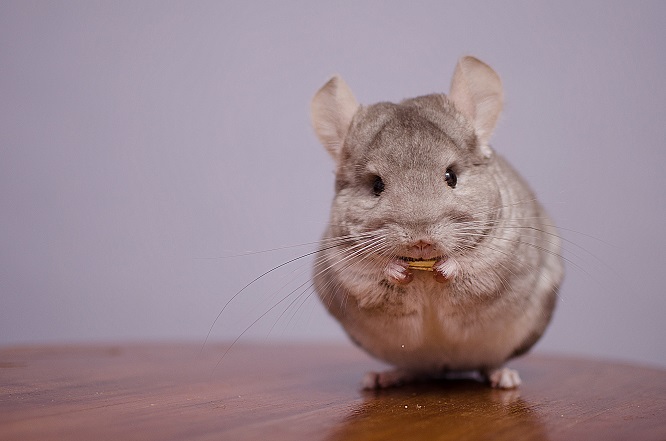Points to Consider After Bringing Your Chinchilla Home: Mastering Daily Care
How to Feed Chinchilla Food
It’s important to understand that treats given to chinchillas are not part of their main diet. Treats should be seen as a form of communication, and overindulgence can lead to them refusing their main food, such as hay or chinchilla food. Dried fruits like apples, papayas, and goji berries can be offered in small amounts, but caution is needed due to their high fructose content.
Be Cautious of Toxic Plants
Some houseplants and garden plants can be toxic to chinchillas. Symptoms of poisoning may include diarrhea, vomiting, changes in blood color, swelling around the mouth, and seizures. Plants with strong toxicity can even lead to death, so it is essential to be careful.
Positioning Treats for Chinchillas
Treats should be foods that bring joy to chinchillas, but it’s crucial not to overfeed them. It is not advisable to restrict their main diet excessively to control their behavior.
Points for Care
Recommendations for Water Bottles
Chinchillas need water, but they typically drink less. Ensure they always have access to clean water, and it’s recommended to use a water bottle. Bowls can lead to contaminated water, making bottles a more hygienic choice. Opt for bottles with stainless steel drinking spouts that are difficult for chinchillas to chew on, and consider those made of chew-resistant materials or glass.
Switching from a Bowl to a Water Bottle
If a young chinchilla has been drinking from a bowl, it’s important to teach them how to use a water bottle. Show them how to get water by rolling the ball at the end of the spout with your finger or by bringing it to their mouth, helping them gradually get accustomed to it.
Water Management
Water bottles need to be regularly cleaned. Be sure to check the ball at the end of the bottle to ensure it’s not stuck before setting it up. The typical drinking amount for chinchillas is about 5–10% of their body weight, but if they are drinking excessively, consider their health and discuss with a veterinarian.



Comments